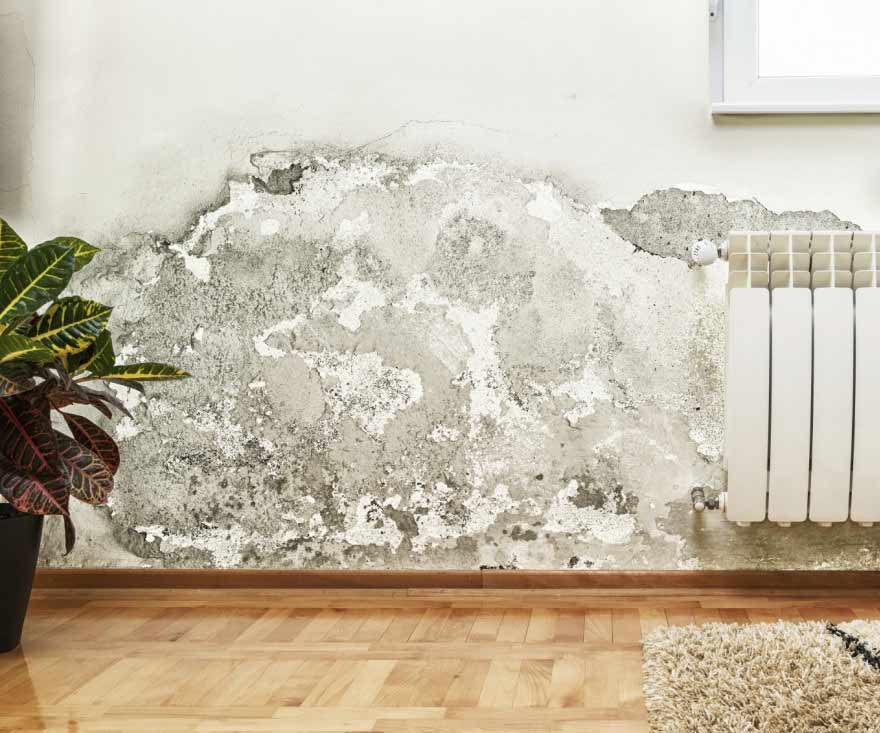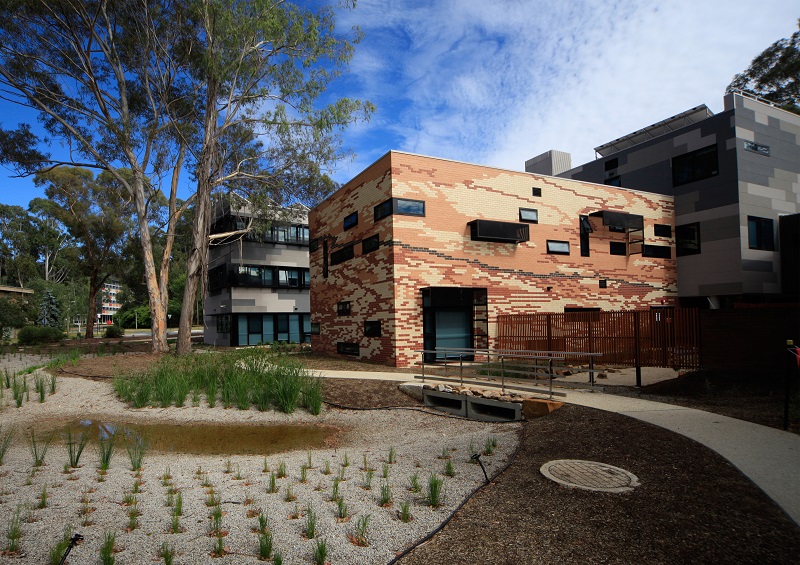What causes problems in the indoor environment?
Our bodies take in what they need to survive and what harms them every day when we eat, drink and breathe, or even touch surfaces. The greatest chance we have of taking in something harmful is when we breath. The average person breaths between 6 and 60 litres of air every minute.
Given that we spend very little of our time outdoors, looking at what happens indoors is very important in maintaining our health and well being.
The sources of poor air quality include manufactured chemicals introduced consciously to improve our perceptions of what is healthy and safe. These include cleaning agents, perfumes and antiperspirants/deodorants, air fresheners and certain types of paint and finishes.
We also introduce them as part of our attempt to fit out our buildings to be aesthetically pleasing, such as in adhesives used for floor tiles, fiberboard (including MDF), and other materials.
We introduce tiny particles to the air that are small enough to reach our bloodstream through our lungs, and these can come from combustion sources, including traffic fumes and cigarette smoke, printers and “secondary aerosol” particles created from the cocktail of outdoor pollutants that then enter the building. Ground level ozone is also formed by outdoor reactions, and emitted by printers and electrical equipment.
Larger particles are also created that stay in our noses and throats and cause or aggravated allergies or asthma respectively include pollen and moulds from houseplants, mould spores from damp building materials and furnishings. Slightly smaller particles that get into our lower breathing tract include bacteria that can cause allergies or infections.
The background and recent increased concern
Following concern in the United States around infants dying from exposure to “black mold” in Ohio in 1993-5, North America saw a sharp awareness of possible impacts of living in contaminated buildings. The research later revealed that in fact the link between the two was tenuous, and the concept of “sick building syndrome” which was suddenly considered important for a while gave way to complacency and a return to oblivious occupancy.
Indoor air was clearly still an issue around asthma, where understanding of the trigger went through a twisting path of belief that everything was too clean, to believing it was the products we were using to get things clean, to complete confusion in the public mind. What is now evident is that:
- Asthma continues to rise at exponential rates, as do food allergies which are catching up.
- Asthma is aggravated by a number of things, including mould and cleaning products, even in people that are not allergic to it.
- Asthma is present in lower frequency in rural communities.
- Asthma is aggravated in people whose normal healthy gut and lung bacteria (their so called microbiome) has lost its diversity, probably due to a combination of both earlier assumptions that things are too clean, and that the products are impacting on our on board life supporting bacteria, especially chlorine bleach,
The desire to have healthy buidlings is driven by the increase in the number of people who consequently now either suffer or know someone who suffers as a result.
It is also driven by a sudden interest in self-controlled wellbeing, and inadvertently, sickness. The belief that if you eat well, avoid artificial chemicals and expect a minimum level of safety in homes, workplaces and other frequented buildings is driving massive growth in the organic food and wellness tourism industires, as well as Gymansiums and other places where we feel we can extend a healthy life. Given an ageing population and access to both valid and emotion-driven online information that govern public choices, we are seeing a massive demand for tools to show our buidlings are fundamentally safe.


